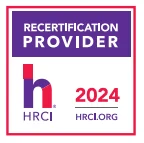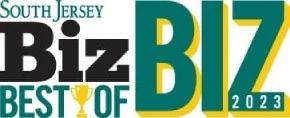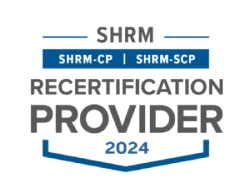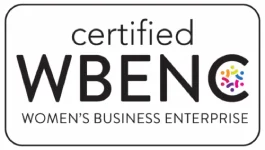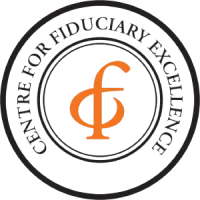How Will an Employer Know if an Employee Applies for a Premium Subsidy in the Exchange?
On Jan. 14, 2013, the Department of Health and Human Services (HHS) issued another lengthy proposed rule under the Patient Protection and Affordable Care Act (PPACA). Among other things, the proposed rule provides some information on how employers will be notified if an employee applies for a premium subsidy / tax credit and how an employer may appeal a determination of premium subsidy eligibility that it believes is incorrect. The proposed rule is HERE.
Employee Requests for Premium Subsidies
An employee will be eligible for a premium subsidy only if:
• His household income is less than 400 percent of federal poverty level,
• He purchases coverage through the public exchange,
• He does not have access to affordable, minimum value coverage through his employer, and
• He is not covered by a plan through his employer that provides minimum essential coverage (even if that coverage is not affordable or it does not provide minimum value)
The employee will be required to provide information to the exchange about his income and access to employer-provided affordable, minimum value coverage. The exchange (or HHS if the state asks HHS to do this) will attempt to verify this information from available data bases, but in all likelihood it will need to contact the employer for verification of information regarding coverage.
HHS is considering the use of a one-page template that the employer would complete with respect to the employee’s eligibility for coverage, plan affordability and plan value.
Employee Eligibility for a Premium Subsidy
Under the proposed rule, HHS or the exchange would notify the employer if an employee is determined to be eligible for a premium subsidy (“certified under Section 1411”). The employer would have 90 days to appeal the determination if it believed the employee should not be eligible for the subsidy. (All employers, regardless of size, would receive the notice that an employee has been found to be eligible for a premium subsidy. Employers large enough to be responsible for paying a penalty on employees who receive a premium subsidy would receive a separate notice from the IRS actually assessing the penalty. The IRS notice most likely would be sent during the second quarter after the calendar year for which the premium subsidy was provided.)
Categories
Archive
